10 Fascinating Legends of the World
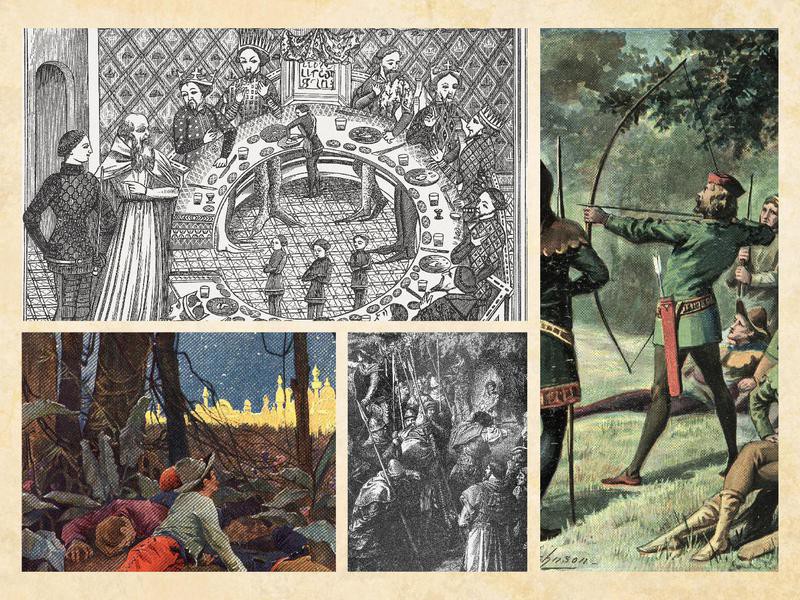
We know travel plans are impacted right now. But to fulfill your wanderlust, we'll continue to share stories that can inspire your next adventure.
At their core, legends, as opposed to fictional myths, contain a seed of truth. They are born from historical events, people or real-life moments that become part of our collective cultural context. However, as these stories evolve and pass from generation to generation, they begin to flourish and pick up details that can twist and color the truth, making legends that much more memorable, relatable and, of course, entertaining.
What would the legend of Greenland be without Erik, the Viking murderer? Or how interested would we be in the legend of Lady Godiva if she hadn't appeared naked on the cobble-stoned streets of Coventry? What would the legend of Romulus and Remus be without a touch of fratricide?
The world is full of legends ready to inspire and delight, and you'll find all of their fascinating details worth exploring in the modern-day places where they originated.
The Legend of William Tell
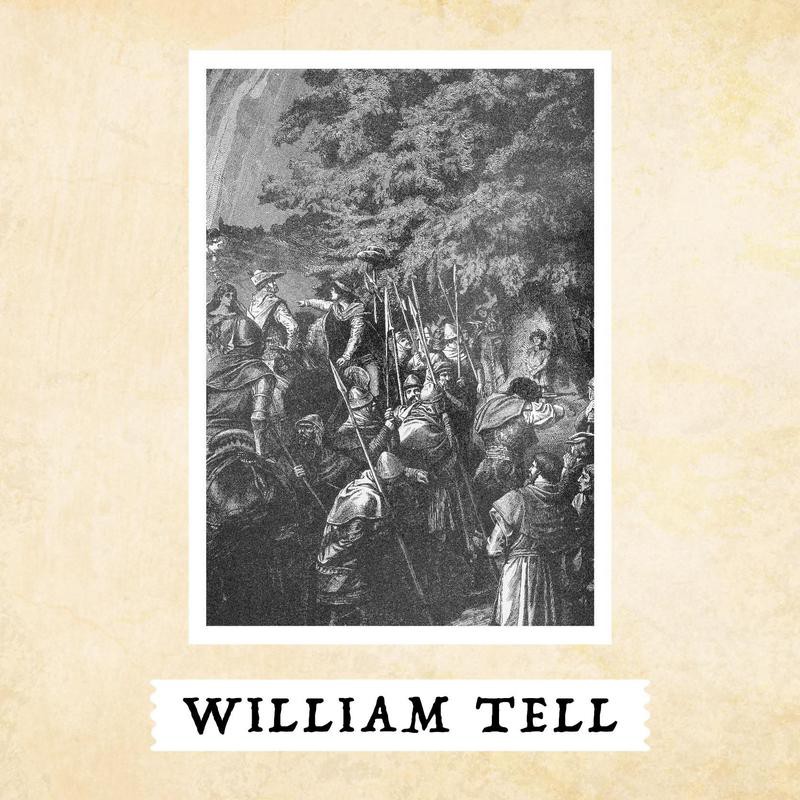
Where the Legend Originated: Altdorf, Burglen and Brunnen in Switzerland
The legend of William Tell dates back to 14th-century Switzerland in the town of Altdorf. Albrecht Gessler, a brutal bailiff representing the Hapsburg Empire, placed his hat on top of a pole in the town square and demanded that all passersby bow before it. But William Tell, an expert arbalist, refused. For punishment, Gessler ordered Tell to shoot an apple, with his crossbow from the top of his own son's head. If Tell succeeded, their lives would be spared.
After acing the task, Tell pulled out a second arrow and threatened to kill Gessler, who then ordered his henchman to lock Tell away in a dungeon located in the castle of Küssnacht. En route to the castle on Lake Lucerne, Tell's boat was rocked by a vicious storm, and amid the chaos, he was able to escape his captors. Enraged, Gessler set out to find Tell. And when the two met, Tell shot Gessler dead with his trusty crossbow. From there, Tell, along with other freedom-loving locals, vowed to fight back against the Hapsburg Empire, which, thanks to Tell, marked Switzerland's first step towards independence.
How to Explore the Legend

Start at Altdorf Square to see the bronze statue of William Tell, and then head to the chapel built on the site of Tell’s home in Burglen before heading to the famous waters of Lake Lucerne.
The Legend of Lady Godiva

Coventry, England
Lady Godiva hated the oppressive taxes her husband Leofric, the Earl of Merica, forced on the people of Coventry, a town in central England. Fed up, Lady Godiva pleaded with Leofric to nix the taxes, but he refused, allegedly saying she'd have to ride a horse through the streets of Coventry naked before he'd consider changing his mind.
Leofric underestimated his wife, who indeed rode through the cobbled streets of Coventry in her skin suit. But not before she warned the townspeople to shutter their windows and stay inside. The only casualty of the day was a man we know in modern times as Peeping Tom. He couldn't resist seeing a naked Godiva, and when poor Tom sneaked a peek through his window, he was sadly blinded.
How to Explore the Legend

The Legend of the Bow and Arrow War
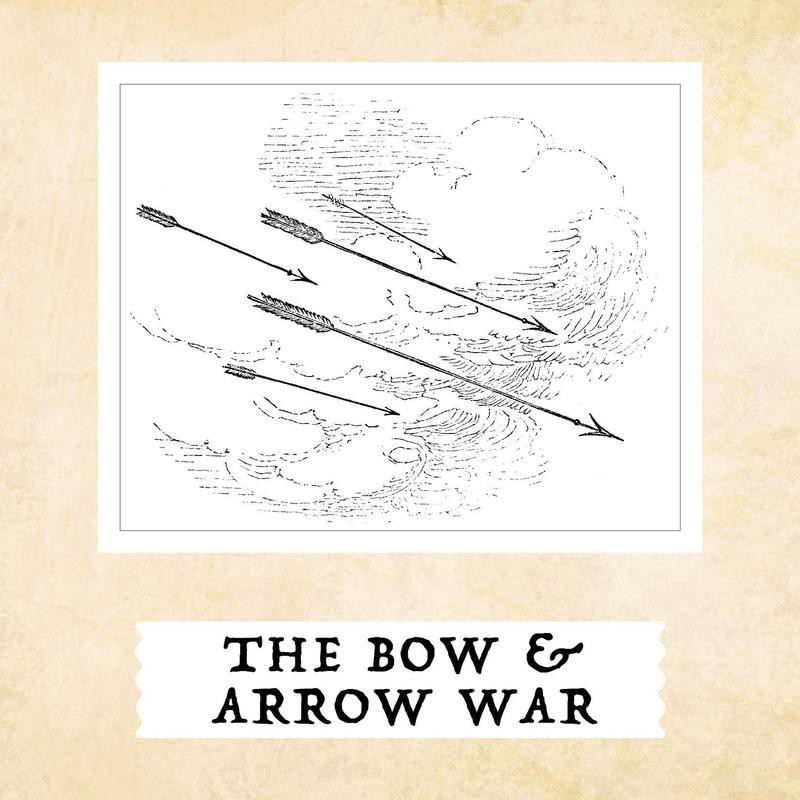
Where the Legend Originated: Quinhagak, Alaska
For centuries, the Yupik, a group of native Alaskans, have shared the legend of the bow and arrow war. The conflict kicked off during an innocent game of darts when a boy accidentally struck his competitor in the eye with one. An all-out brawl between the two families ensued, resulting in a series of wars that spread from Alaska to parts of northwestern Canada.
Interestingly, archaeologists recently discovered the remains of 28 people and other artifacts at the Nunalleq, Alaska, (“old village”) site, where they believe the dart game massacre began.
How to Explore the Legend
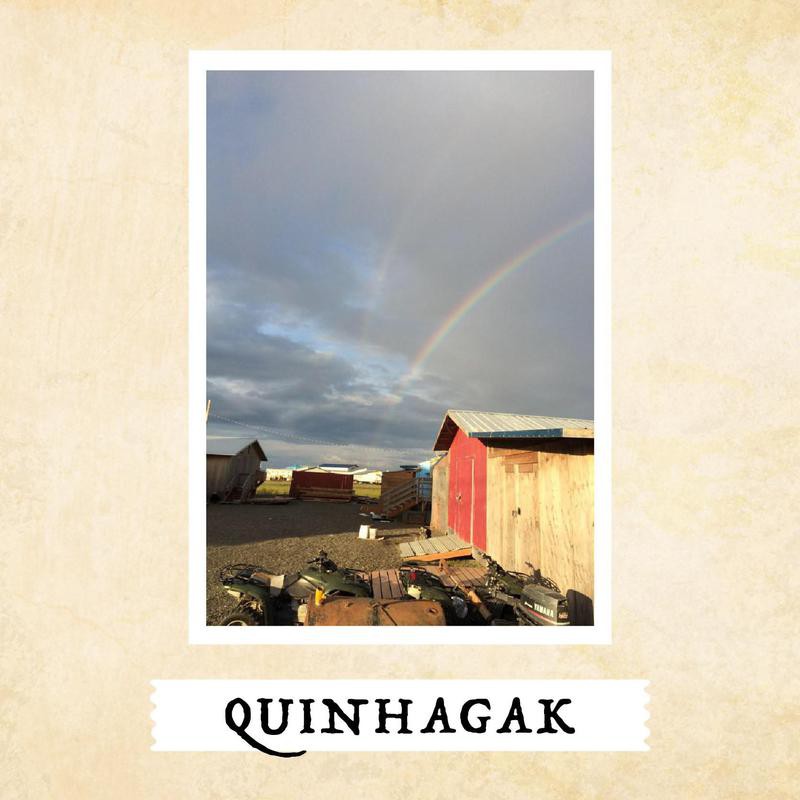
More than 60,000 artifacts, the largest collection of pre-contact Yupik artifacts, are now on display at the Nunalleq Culture and Archaeology Center in Quinhagak.
The Legend of Yamashita’s Gold
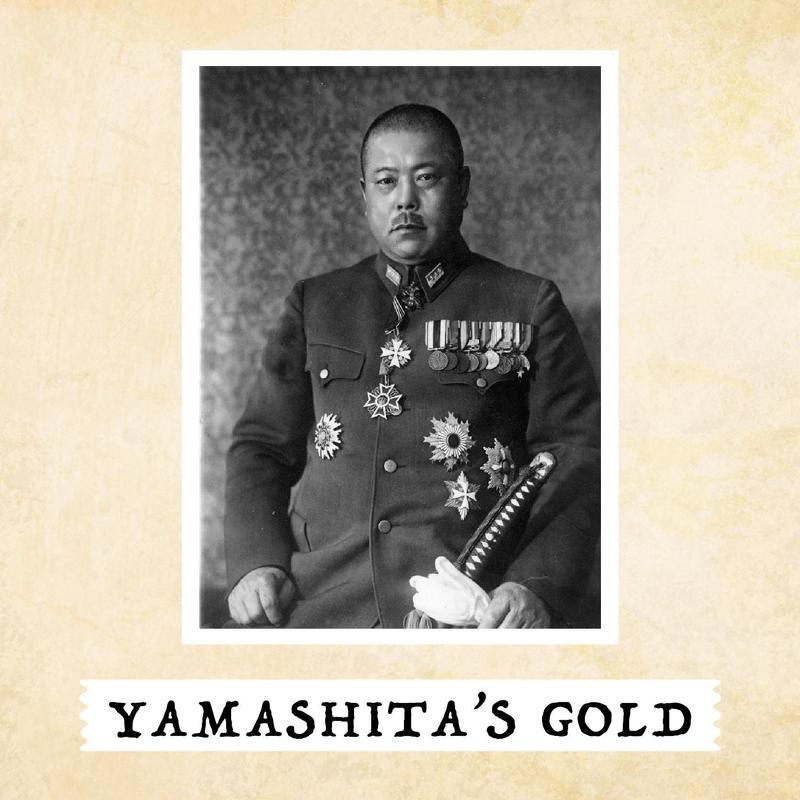
Where the Legend Originated: The Philippines
After retreating to the Sierra Madre mountains in the Philippines at the height of World War II, Japanese General Tomoyuki Yamashita was given orders to construct an underground tunnel to house the looted gold that the occupying Japanese forces amassed from China and Southeast Asia.
Upon completion, to ensure the location of the tunnel remained secret, Yamashita trapped the project's construction crew, comprised of slaves and soldiers, inside the tunnel where they eventually died. After surrendering to Allied forces in September 1945, Yamashita was convicted of war crimes and hanged, taking the location of his supposed treasure-stuffed hideaway to the grave.
How to Explore the Legend
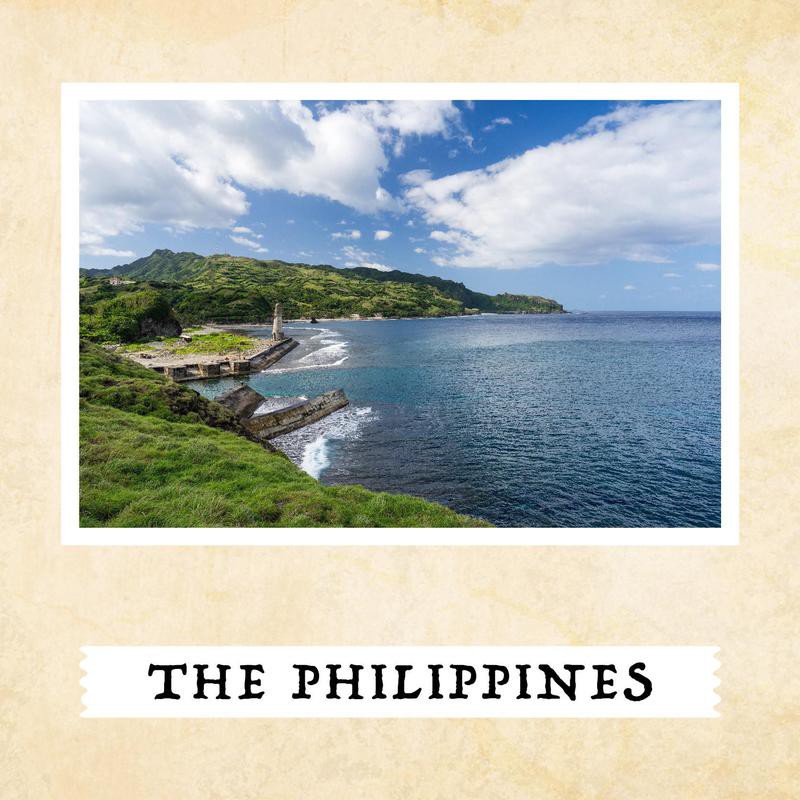
While the gold’s existence has been dismissed by many experts, that hasn’t stopped treasure hunters from around the world to visit The Philippines in search of buried gold.
Aren’t you just a tad curious?
The Legend of King Arthur
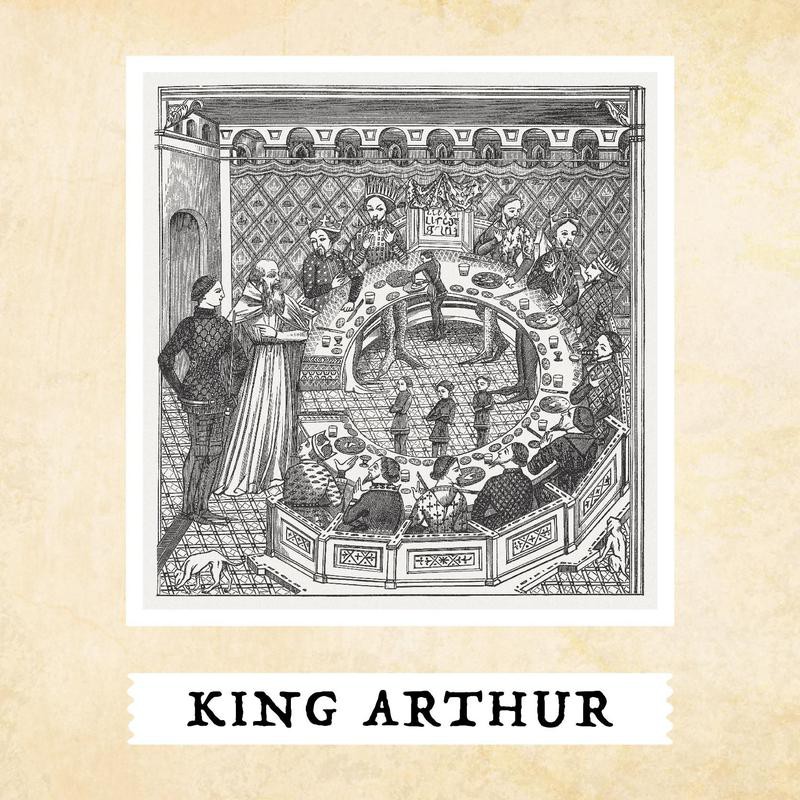
Where the Legend Originated: The United Kingdom
So little is known about King Arthur, and yet his legend has lasted centuries and inspired one of the most famous literary characters of all time.
However, most historians agree that if King Arthur, the head of Camelot and the Knights of the Round Table, was ever a man of flesh and bone, he was likely a Roman military leader who saved Britain from invading Saxon forces between the fifth and sixth centuries A.D.
No comments: